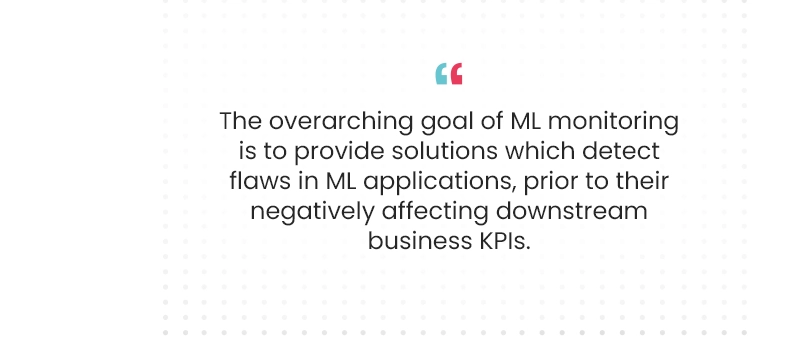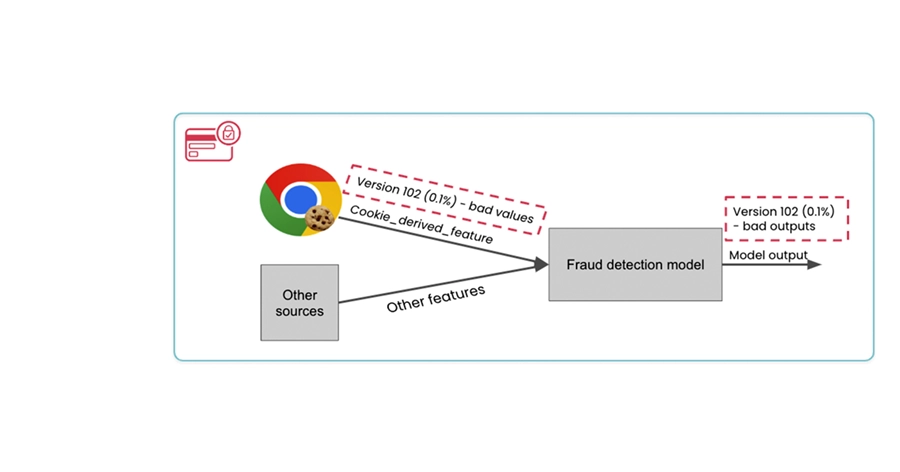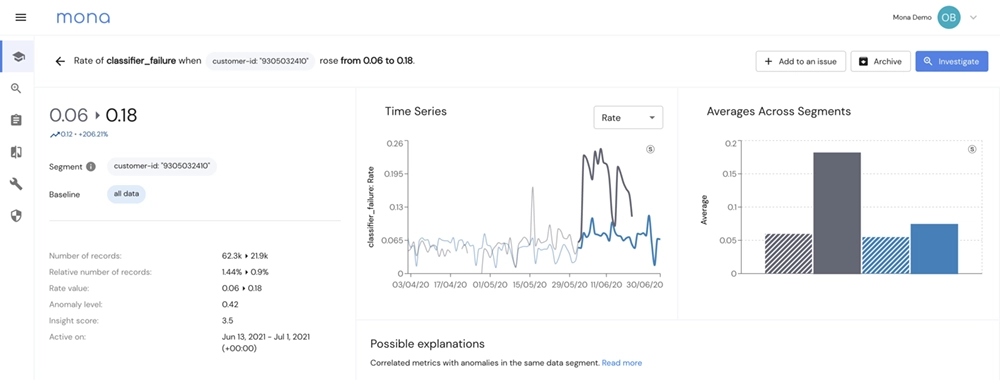The real democratization of AI, and why it has to be closely monitored

In recent years, the topic of AI democratization has gained a lot of attention. But what does it really mean, and why is it important? And most importantly, how can we make sure that the democratization of AI is safe and responsible? In this blog post, we'll explore the concept of AI democratization, how it has evolved, and why it's crucial to closely monitor and manage its use to ensure that it is safe and responsible.


